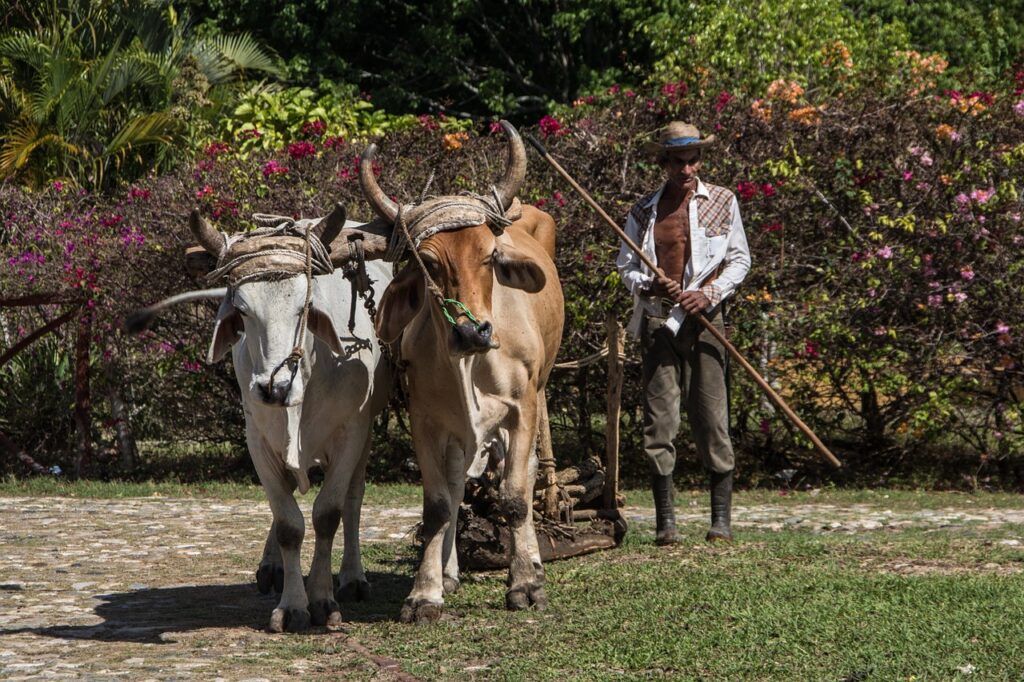The final interview is a pivotal moment to land your dream opportunity. It's…
How to Sustain Livestock in 5 ways
*Image Source: Pixabay
According to the FAO or Food and Agriculture Organization, 1 in 7 humans is undernourished due to factors like reduced land availability, lack of water, climate change and soil degradation. These factors greatly affect the efficient food production which, in turn, will result in food scarcity.
Improving the production of rice, maize, cereals and other crops are not enough to fight food shortage. Sustainable livestock (as well as poultry) can help fill in the gaps. Here are 8 ways to grow a sustainable livestock:
Provide livestock animals with food that humans can’t eat
Humans and livestock both need crops to achieve a balanced and healthy diet. However, the FAO stated that 70% of the grains in developed countries are fed to the animals. In livestock alone, 1/3 of the global cereal grains are consumed. In some way, we can conclude that there is a competition in terms of food between humans and the animals.
But this can be addressed by feeding the animals with food that we can’t consume like hay, silage, and high-fibre crop residues. This food, once consumed by the animals, can be converted into usable calories and high-quality microbial protein. This will greatly help in preserving agricultural fields for growing human food. In short, fewer grains fed to animals, more grains to be consumed by humans.
Choose appropriate geographical regions and climates
The location where livestock animals are raised should be considered to maintain sustainability. For example, imported animals from cold regions like North America will not reach maximum potential if bred in warm regions like Africa. This will cause low resistance to heat, humidity, and tropical diseases thus breeding livestock animals with lesser nutrients and protein.
Check the animal health
According to ILRI or the International Livestock Research Institute, there are 2.4 billion cases of human illness and 2.2 million deaths each year due to 13 livestock diseases in low and middle-income nations. This only shows that a sick animal, when consumed, can cause a serious threat to human health. Make sure to include supplements to boost immunity and help increase the production of meat and milk.
Track income and expenses
More than social responsibility, livestock should also be treated as a business. In every business, there are income and expenses. You should track down where the money came from and where the money goes for you to know how you can management your funds.
Adapt best livestock practices
Livestock owners should learn how to connect to a global network of research farms. This will enable them to know the latest trends and strategies in growing a sustainable livestock. Talk to experts on how to improve existing methods and learn new techniques. This is also an opportunity for livestock farmers to identify potential suppliers and distributors of livestock products.
Sustaining a livestock business is not an easy one, but with perseverance, dedication, passion and, of course, appropriate skills and knowledge, it wouldn’t be impossible. We hope that this article will guide existing and new livestock farmers to a thriving and successful business.




